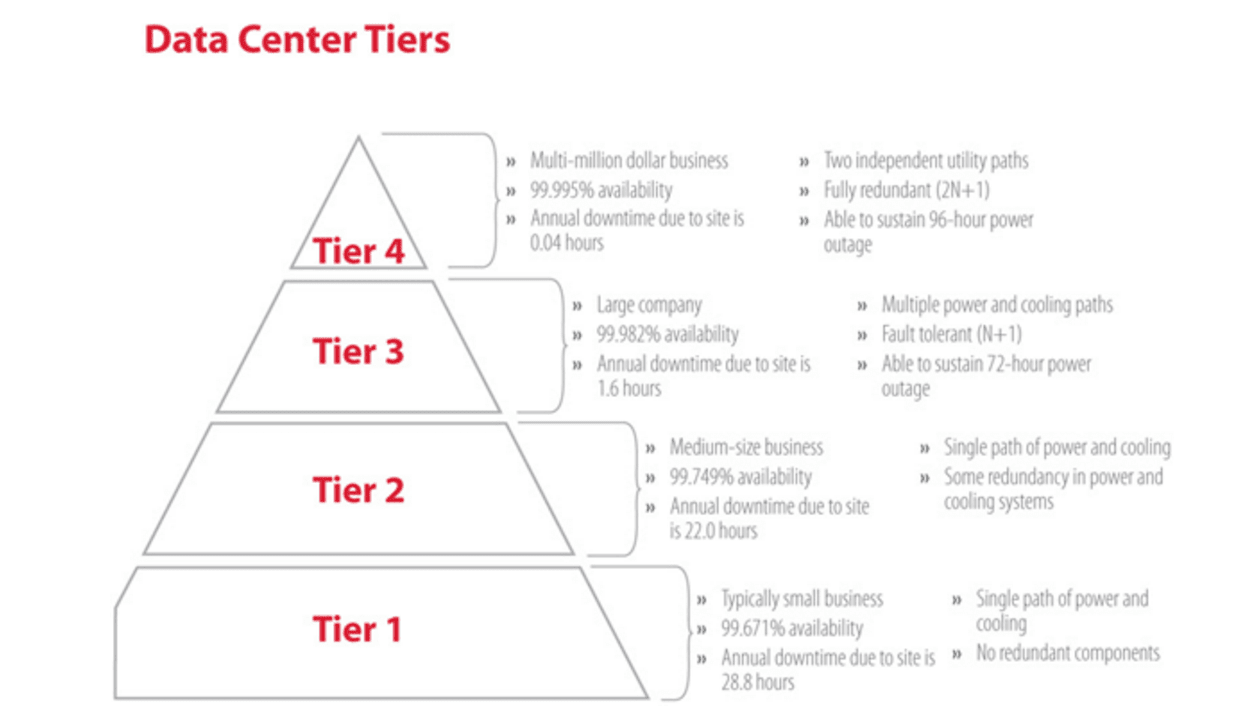Discussed: If a Company Goes Bust Who Pays Redundancy in the UK?
Discussed: If a Company Goes Bust Who Pays Redundancy in the UK?
Blog Article
Exploring the Interplay In Between Firm Redundancy and Business Adaptability for Future Development
In the dynamic landscape these days's business globe, the intricate connection in between company redundancy and business adaptability arises as a crucial factor for continual development and success. Firms typically face the difficulty of striking a fragile balance between preserving a degree of redundancy to reduce risks and cultivating adaptability to respond promptly to the ever-evolving market needs. This fragile interaction holds the crucial to not only enduring in turbulent times however likewise flourishing when faced with unpredictability. As we check out the multifaceted measurements of this interaction, appealing insights into how companies browse these complexities to lead the way for future growth await.
Significance of Firm Redundancy
Business redundancy is an important component that improves organizational strength and minimizes operational dangers. By incorporating redundancy procedures within the business structure, business can better endure unpredicted disturbances and variations in business setting. Redundancy functions as a critical barrier, enabling business to adjust and react successfully to unforeseen difficulties without compromising important operations.
One key facet of the significance of firm redundancy is its function in guaranteeing continuity throughout times of situation. When encountered with unexpected changes or emergency situations, repetitive systems, resources, or employees can action in to preserve essential features and stop extensive interruptions. This continuity not just safeguards the business's credibility and customer trust fund however also decreases financial losses and functional downtime.

Strategies for Organizational Adaptability

Another important method is buying technology and infrastructure that can support versatility and scalability. Carrying out electronic tools, automation, and information analytics can enhance procedures, enhance performance, and offer valuable understandings for informed decision-making. Moreover, creating adaptable organizational frameworks that permit quick modifications to market dynamics and client requirements is crucial for remaining affordable in a swiftly advancing setting. By proactively recognizing possible interruptions and chances, organizations can proactively prosper and adjust in an ever-changing company landscape.
Balancing Redundancy and Flexibility
Attaining a harmonious equilibrium in between functional redundancy and organizational flexibility is critical in navigating the intricacies of a dynamic service atmosphere. Redundancy within a firm supplies a safeguard, making sure continuity and security in operations. However, an extra of redundancy can lead to inadequacies and hinder flexibility to altering market problems. On the other hand, business adaptability enables companies to respond immediately to external interruptions and seize new possibilities. Striking the best equilibrium between redundancy and versatility is a fragile procedure that requires a deep understanding of the organization's objectives, industry characteristics, and threat tolerance.
To accomplish this balance, business need to conduct regular evaluations of have a peek at this site their operations to identify areas where redundancy is required for risk mitigation and where adaptability can drive development and growth. Executing versatile frameworks, promoting a culture of continuous knowing and improvement, and encouraging open communication throughout all degrees of the company are crucial techniques to integrate redundancy and versatility efficiently. By straightening these 2 critical elements, firms can place themselves for sustainable growth and success in an ever-changing business landscape.
Study on Adaptation Success
In analyzing instances of successful organizational adaptation, it comes to be noticeable that the interaction between operational redundancy and adaptability is a defining get redirected here element in shaping durable services. A DVD rental solution, Netflix showed remarkable adaptability by transitioning into a streaming platform when digitalization disrupted the industry. These case research studies highlight the importance of operational redundancy combined with organizational adaptability in promoting long-term growth and competitiveness.
Building Strength for Future Development
Structure resilience for future development needs a strategic placement of operational procedures with market characteristics and emerging fads. Companies have to adapt to transforming atmospheres by fostering a society of flexibility, advancement, and continuous renovation.
Furthermore, cultivating strong partnerships with stakeholders, such as customers, workers, vendors, and the neighborhood, is important for weathering unpredictabilities and preserving depend on and support during stormy times. Effective interaction and openness play an important function in structure resilience, as they assist facilitate and line up assumptions cooperation in navigating uncertainties.
In addition, organizations need to prioritize discovering and growth initiatives to upskill workers and furnish them with the essential tools to adapt to altering scenarios. By purchasing their workforce, companies can enhance their versatility and agility, ultimately enhancing their durability for sustainable future growth.
Conclusion

In the vibrant landscape of today's business world, the detailed connection in between company redundancy and organizational flexibility emerges as a critical element for continual growth and success. Firms frequently deal with the obstacle of striking a delicate balance in between maintaining a level of redundancy to alleviate threats and fostering versatility to react promptly to the ever-evolving market demands.To accomplish this equilibrium, companies need to perform normal assessments of their operations to determine locations where redundancy is essential for risk mitigation and where versatility can drive technology and development.In conclusion, the interplay between business redundancy and organizational adaptability is important for future growth. Structure durability with a combination of redundancy and versatility will ensure that companies are prepared for the obstacles of the future.
Report this page